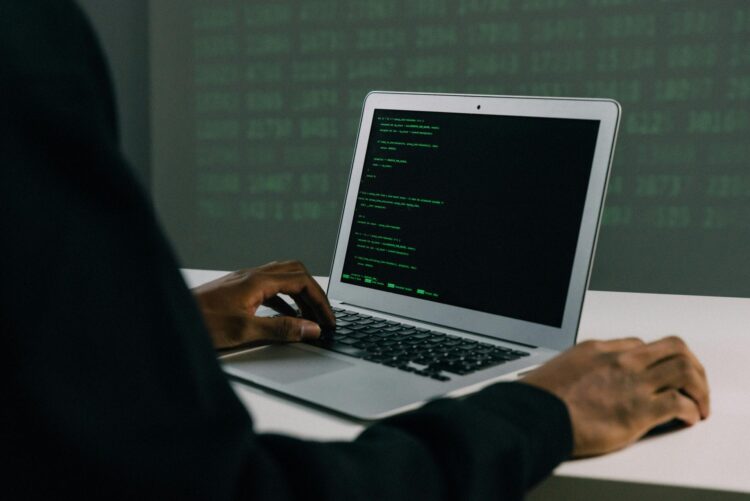Around 46% of companies in the Asia Pacific region faced customer confidence issues, causing over 9 in 10 to change their cybersecurity strategy, according to the 2024 State of the Security Team: Navigating Constant Change Research Report by LogRhythm. Meanwhile, 85% of security executives rated their cybersecurity defense as good or excellent.
Strategy adjustment
The study revealed that around 98% of APAC respondents said they had changed their company security strategy in the last 12 months due to AI utilisation (77%), changing regulations or compliance requirements (66%), new attack types (58%), and budget changes (48%).
Communication gap
Around 80% of respondents believe cybersecurity leaders and CEOs are ultimately responsible for protecting against and responding to cyber incidents.
The majority (90%) of respondents believe they possess the right tools to communicate the current security status to key stakeholders across teams, but 59% find it challenging to convey the importance of particular security measures to non-technical executives, and only 61% agreed that non-security executives understand the company's regulatory obligations.
Security reports

The study revealed that security reports primarily focused on critical data like breaches (75%), incidents (68%), and security risks (67%). The majority of security teams still rely on manual and time-intensive approaches to share security status information, including static reports (84%), meetings (76%), and emails (67%).
Collaborative approach
LogRhythm's chief information security officer, Andrew Hollister, believes that senior executives and security professionals must work together "to understand the risks, make well-informed, strategic decisions, and allocate the necessary resources to safeguard the organisation and its clients."



